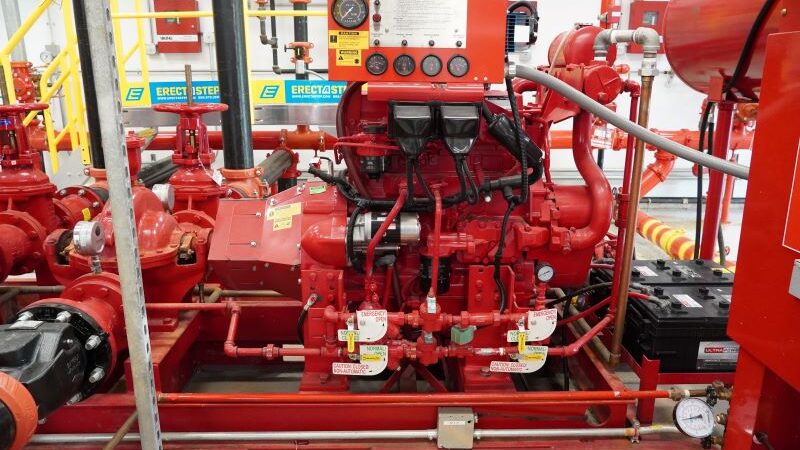When it comes to fire safety, every component of a suppression system plays a role in protecting both property and lives. Among these, fire pump churns may not be the most discussed, but they’re vital to maintaining system reliability. Here’s why fire pump churns deserve attention.

What Is a Fire Pump Churn?
A fire pump churn, also called a no-flow test or churn test, is a routine check to ensure a fire pump is in optimal working condition. This test runs the pump without discharging water, allowing it to operate under normal conditions. During the churn test, the pump’s performance is evaluated to make sure it meets required operational standards.
Why Are Fire Pump Churns Essential?
- Ensuring Operational Readiness: Churn tests ensure the fire pump is ready to function in an emergency. Regular testing helps identify and address potential issues before they become critical, reducing the risk of pump failure in a fire.
- Detecting Wear and Tear: Fire pumps are mechanical and prone to wear over time. Churn tests reveal signs of wear, like decreased pressure or unusual sounds, signaling when maintenance or repairs are needed. This early detection can prevent larger issues later on.
- Maintaining Compliance: Safety regulations often require regular testing of fire pumps to meet compliance standards, which vary by location. Routine churn tests help meet these standards, protecting facilities from potential legal or financial consequences.
- Extending Equipment Life: Regular maintenance, including churn tests, can lengthen a fire pump’s lifespan. By keeping the pump in good condition, the likelihood of unexpected breakdowns and costly repairs is reduced.
- Building Confidence: Knowing that the fire pump is fully functional provides peace of mind for building owners, facility managers, and occupants alike, ensuring quick, reliable response during emergencies.
Fire pump churns may seem like a standard maintenance step, but their impact is far-reaching. Through enhanced readiness, early wear detection, compliance, equipment longevity, and added confidence, these tests are essential to reliable fire suppression. Routine churn tests should be a priority for anyone responsible for fire safety, ultimately safeguarding property and, most importantly, lives.

Article by Tom Morrow
Inspections Sales Manager

